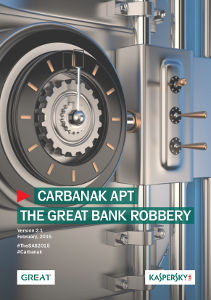While installing GNS3 and VMware should be easy, it in fact very easy to loose a lot of time on silly issues.
-
If you are interested only in installing VMware Player, feel free to directly go corresponding part.
-
If you are interested in installing GNS3, I also recommend to install VMware player as some appliances may require it.
RouterGods also shared a few tips on how to setup a more comfortable GNS3 lab. Take a few minutes to check it once you’ve ended the installation!
Installing GNS3
GNS3 relies on Linux kernel features. If you are not a Linux user, the recommended way to use GNS3 is to use the GNS3 official virtual machine. This virtual machine may also be a good solution if you are a Linux user but you just want to quickly test GNS3 or do not want to modify your host environment.
For a regular …










